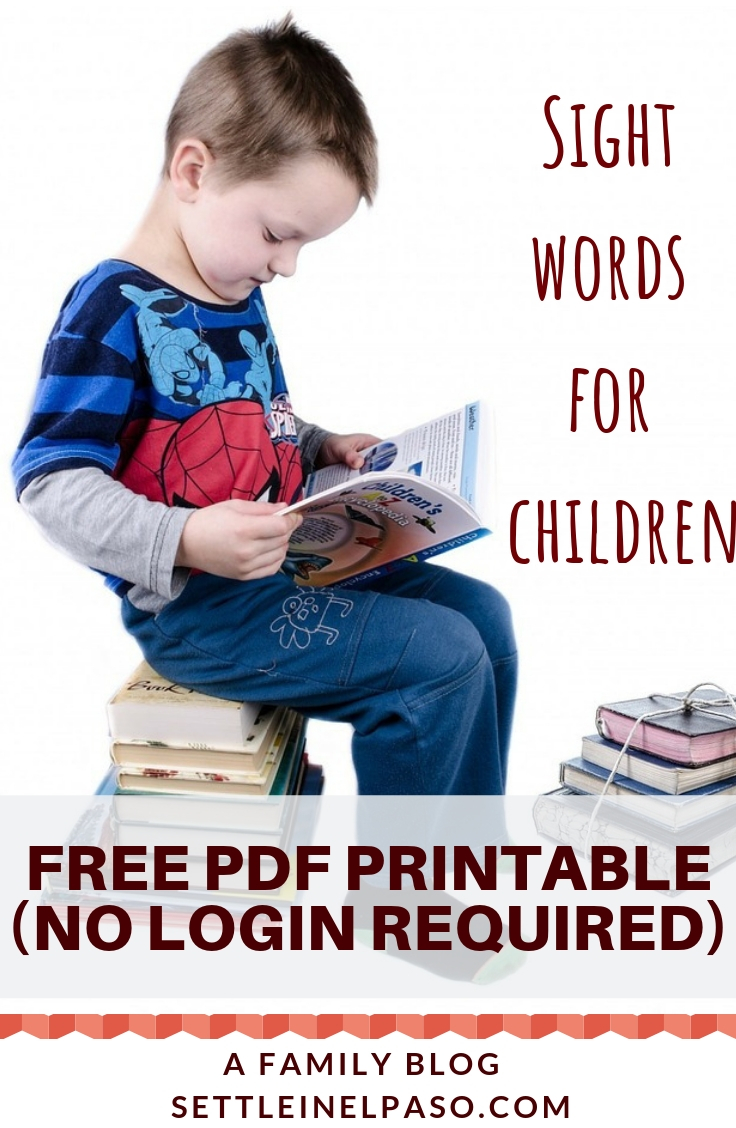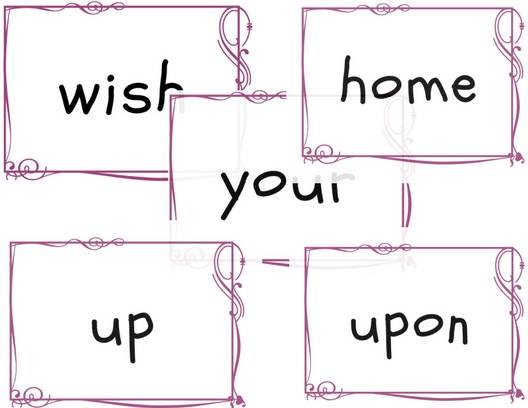
The expectation of how many sight words a child should be familiar with in his/her age varies between school to school. Children can learn many more sight words than the expectations listed by schools, through playful learning. Playful learning is stressless for children as well as parents.
This page contains some affiliate links. We will receive an advertising fee for items purchased through an affiliate link on this page with no extra cost from the buyer’s side.
What are sight words?
Sight words are frequently used words in English. I guess, every language has its own sight word list. The use of sight words as a tool to develop the reading skills of children is quite an old and established technique. I read somewhere that modern sight word lists are just different versions of the ones used in the 1930s or 40s.
Along with the most frequent words, some words that are non-phonic in nature — such as chalk, talk, walk, eight, and buy — are commonly included in sight word lists.
PDF material for you:
Click on the image below to download the PDF file. The file contains more than one hundred sight words printable on regular letter size pages.

When is an appropriate time to introduce sight words to my child?
If your child recognizes and writes the alphabets then s/he is ready to learn a few sight words. Sometimes, it is effective to teach phonics along with a few easy sight words. I would say the sequence is — learning alphabet → learning phonics → learning sight words. That said, I am no expert. This is something I observed when Dear Son started reading.
Phonics helped Dear Son’s attempt to read or to spell (correctly or incorrectly) any word. Sight words improved his reading skills in weeks. The more sight words Dear Son is becoming familiar with the more fluent his reading is becoming.
Reading everyday
Reading frequently is instrumental in developing the reading skills of children. Dear Son’s kindergarten school encourages parents to read with their children for fifteen minutes at least twenty days of each month. This can be a parent reading to the child, or the child reading to the parent, or a combination of both. A family can start such a reading culture as early as two years of children’s age or even earlier.
Sight Words Flashcards
Sight Words Flashcards can be introduced from three years of age although you will find that most sight words flashcards are marked with ages starting from four or five. At three, a child will just become familiar with the concept of those flashcards and will memorize patterns of the words. If playing with these flashcards is enjoyable, why wait till four or five years? Earlier is better. In practice, children will learn the sight words directly or indirectly from Pre K to the Third Grade or even in the fourth grade.
 |
 |
 |
 |
Why is early learning important?
This is a very good question. As parents, we always want our children to be stress-free. If your child is familiar with some sight words when s/he is starting kindergarten, you will see how enjoyable school becomes for her/him. Regardless of your child being familiar or not familiar with sight words, make sure to grow or continue the culture of practicing sight words and reading at home when s/he starts kindergarten. This is a way to tell our children that we are with them in this tough kinder world. 🙂
How many sight words should my child learn?
Hard to answer this question. I do not think there is any standard. I have seen different expectations in different schools.
Pre-K
I think, by the end of Pre-K, a few (like five, ten, or fifteen) sight words should be sufficient.
Kindergarten
An expectation of fifty sight words by the end of kindergarten might be ambitious. That said, some kindergarteners even master more than one hundred sight words. From Dear Son’s school, we came to know that the average is around twenty-five sight words by the end of kindergarten. I think twenty-five by the end of kindergarten is the minimum expectation.
First grade
By the end of the first grade, a general expectation seems to be around one hundred sight words. Some children in the first grade start reading storybooks all by themselves. For them, it is hard to say whether they recognize the sight words or they just read the words when they are tested. Their sight word list becomes quite large — a few hundred.
Mastery vs familiarizing
It is said that mastery on a shorter subset of sight words is more effective than just becoming familiar with a long list of sight words. Practice on the same set of sight words would make a child master the set. It is ok to master a list and become familiar with another one. Choosing (or creating) a list and following a routine to practice will ensure mastery in sight words.
Concluding remarks regarding sight words and reading skills
Given that all learning experiences of children as they grow up depend on reading skills, learning to read early gives children the extra mileage. Improved reading skills in early stages reduce a lot of childhood stress. Make reading fun — make learning easy.
Subscribe to receive notifications on our new posts.



Oh this is a great resource for parents! I’ll include your sight words post in my Friday roundup. Sharing on social media now and wishing you a great day 🙂
So glad to know that you liked the post and decided to include in your Friday roundup! Thanks for sharing the post.
You too have a wonderful day.
I’ve just started introducing sight words to my children and I love how the words help expand their vocabulary. Definitely a good decision.
Jane Murguia recently posted…Matched betting for full time Mums – this is NOT gambling!
Agreed! Sight words make children more fluent in reading. Thank you for stopping by and leaving a note. Have a wonderful day.